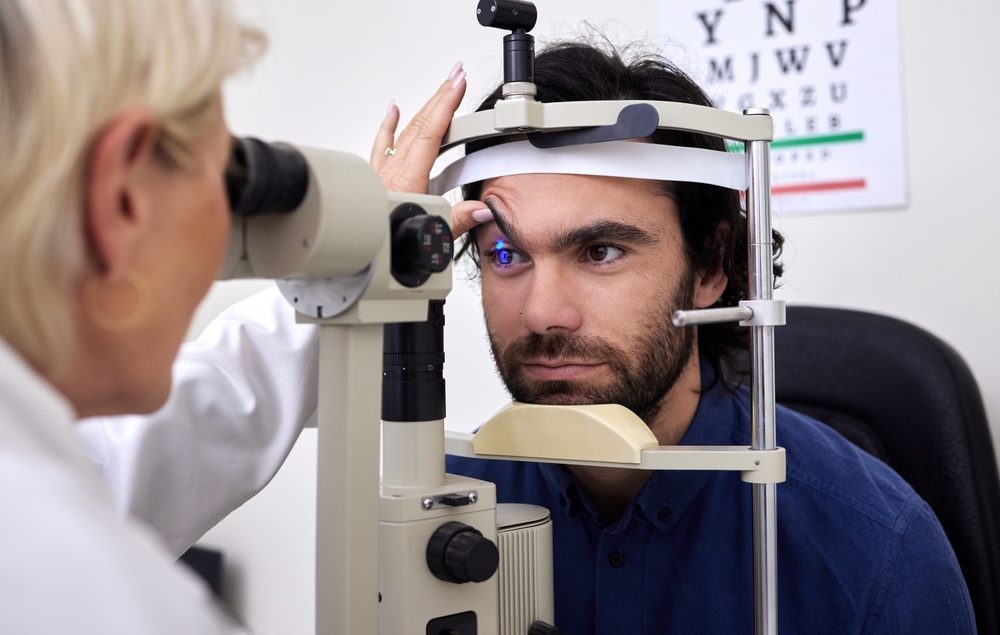
Cataracts are a common eye condition that can cause blurred vision, difficulty with glare, and eventually lead to vision loss if not treated. Understanding what cataracts are and how they develop is crucial in taking proactive steps to prevent them.
How Do Cataracts Develop?
The development of cataracts is often compared to a window that is slowly becoming frosted or yellowed. The proteins in the lens of your eye begin to break down and agglomerate, leading to the lens becoming less transparent. This process can be gradual, often over several years, or it can occur rapidly. Initially, the cloudiness may affect only a small part of the lens, so you might not notice any changes in your vision. But as the cataract grows, it clouds more of your lens and distorts the light passing through it. This can lead to symptoms such as blurry vision, colors that seem faded, difficulty with bright lights and glare, and poor night vision.
Factors that can accelerate cataract development include certain diseases such as diabetes, personal behaviors like smoking and alcohol use, environmental factors such as prolonged exposure to sunlight, and even certain medications such as corticosteroids. Understanding these factors helps in identifying ways to slow down the progression of cataracts or possibly prevent them from forming.
If you are over the age of 40, it's recommended that you have your eyes examined by an eye care professional every 2 to 4 years. For those over 65, an annual exam is suggested. If you have risk factors for cataracts or other eye conditions, your eye doctor may recommend more frequent examinations.
Steps for Preventing Cataracts
Preventing cataracts starts with understanding the risk factors and implementing lifestyle changes to address them. Here are some steps you can take to protect your eyes and potentially delay the onset of cataracts:
Exposure to UV rays from the sun can increase your risk of developing cataracts. Wearing sunglasses that block 100% of UVA and UVB rays or a wide-brimmed hat when you are outdoors can help protect your eyes. Additionally, some contact lenses offer UV protection. It's essential to make this a daily practice, as the cumulative effect of UV exposure can contribute to cataract formation over time.
Overall health has a direct impact on eye health. A balanced diet rich in antioxidants, such as vitamins C and E, can help maintain healthy eyes. Leafy green vegetables, fruits, and other foods with antioxidants can help to minimize oxidative stress, which can contribute to lens clouding. Regular exercise also helps to prevent or control diabetes, high blood pressure, and other conditions that can lead to cataracts.
If you have diabetes or other health conditions that can affect your eyes, managing them with the help of your healthcare provider is crucial. Keeping your blood sugar levels under control if you have diabetes is particularly important, as high blood sugar can lead to cataract formation.
Smoking contributes to the development of cataracts. If you smoke, seek help to stop. Quitting smoking can reduce your risk of cataracts and improve your overall health. It's never too late to benefit from quitting, and there are many resources available to support you in this process.
Long-term use of corticosteroid medications can increase the risk of developing cataracts. If you are prescribed these drugs, discuss the risks with your healthcare provider and explore if there are alternative treatments. If corticosteroids are necessary, regular eye exams can help monitor your eye health.
The Importance of Regular Eye Exams in Cataract Prevention
Early detection is key in managing cataracts and preventing them from worsening. Regular eye exams are crucial for this reason. An optometrist can detect early signs of cataract formation long before you notice any changes in your vision. During an eye exam, several tests are performed to check for cataracts and assess your overall eye health. These tests include a visual acuity test, which measures how well you see at various distances, and a dilated eye exam, where drops are placed in your eyes to widen the pupils. This allows your optometrist to see more of the lens and the retina and look for signs of cataracts and other eye problems.
Taking Steps to Safeguard Your Vision
While cataracts are often associated with aging, there are steps you can take to protect your eyes and potentially delay their onset. Understanding what cataracts are and how they develop is the first step in prevention. Protecting your eyes from UV sunlight, maintaining a healthy lifestyle, managing health conditions, avoiding smoking, and being cautious with certain medications are all important measures you can take.
Protect your vision and take steps towards preventing cataracts today. Schedule your next eye exam at Brazos Eye Center in our Rosenberg, Texas, office. Call (832) 595-3260 to book an appointment.







